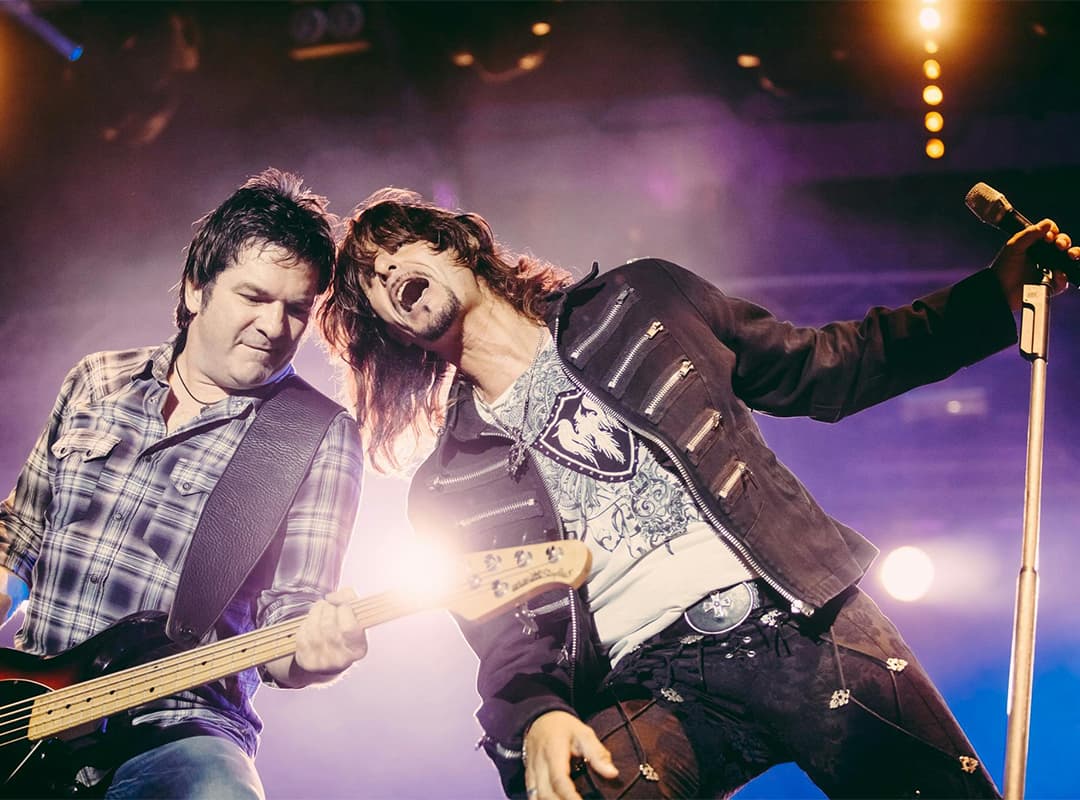Although the word “punk” can mean many things, and the genre itself in its early form is inherently non-conformist, classic punk rock has some recognizable characteristics. Short compositions, fast tempos, oppositional lyrics, simple melodies and harmonies are all characteristic of punk.
On rare occasions, punk bands have adopted more ambitious song structures and instrumental riffs of classic rock. The New York band Television and the English band Wire used classical rock music in their main works. Bands such as the New York Dolls were heavily influenced by garage rock and brought avant-garde, punk, and glam vibes to their performances.
Punk bands were also known for their do-it-yourself philosophy and minimal concern for the art of performance. Many of them also prided themselves on their tough visual aesthetic, which included mohawks, leather pants and jackets, torn T-shirts, and (in some cases) makeup.
Subgenres of punk rock
Punk rock spawned many subgenres, some of which remain popular to this day:
Hardcore punk: Hardcore punk broke out of New York and Los Angeles in the 1980s and 1990s, led by bands such as Black Flag, Rollins Band, Biohazard, the Misfits, the Bags or Gorilla Biscuits. In a splinter movement, Seattle’s The Accüsed and New York’s Cro-Mags brought thrash metal aesthetics to hardcore punk, which is why this style is sometimes called crust punk.
Post-punk: Post-punk is hard punk rock, but with more complex harmonies and song structures. Famous post-punk bands include Fugazi (led by former Minor Threat punk rocker Ian McKay), Drive Like Jehu, Gang of Four, Jawbox, or Shudder to Think.
Noise rock: Some post-punk bands sought to experiment sonically alongside pop songwriting. Bands such as Sonic Youth, Yo La Tengo, or The Melvins shifted their focus from pop hits to overloaded guitar noise. Even the Velvet Underground rock star Lou Reed dabbled in noise rock at some points in his career.
Glam-punk: Inspired by the visual aesthetics of the New York Dolls (and not punk rocker David Bowie), glam-punks were the forerunners of glam metal. The early works of bands such as Mötley Crüe or Manic Street Preachers incorporated elements of glam punk.
New wave: New wave bands such as Joy Division, New Order, Blondie, or Talking Heads were DIY, but their music had funk and pop traditions.
Pop-punk: Pop punk has become a very profitable genre, with bands such as Green Day, The Offspring, Blink-182, The Strokes, or Rancid selling many millions of albums combined.


